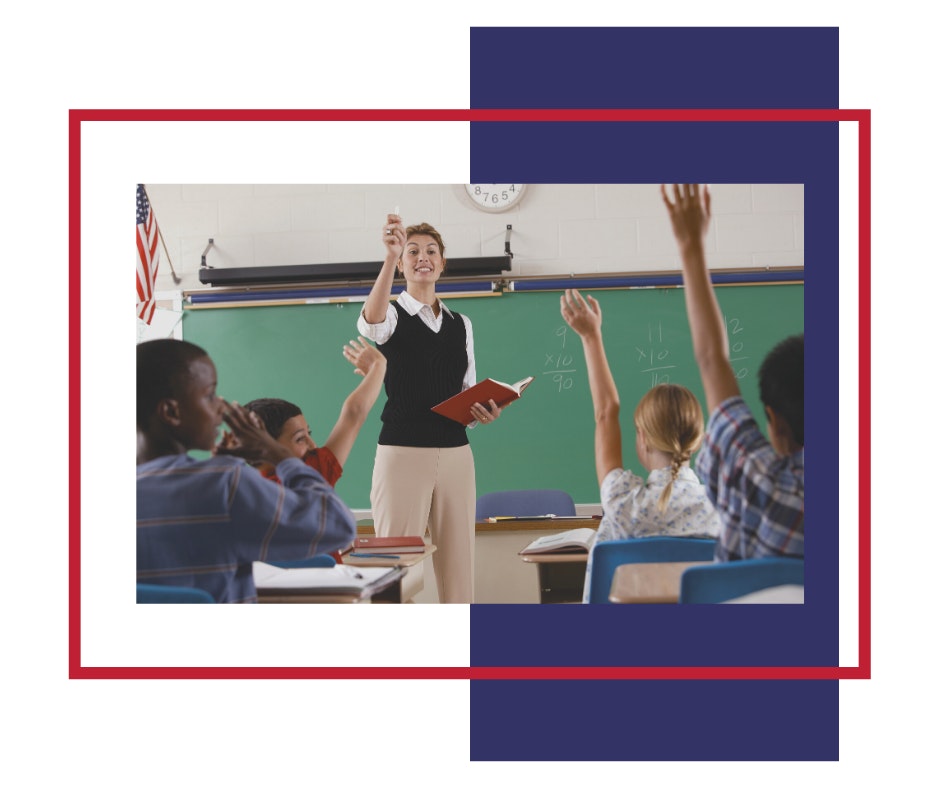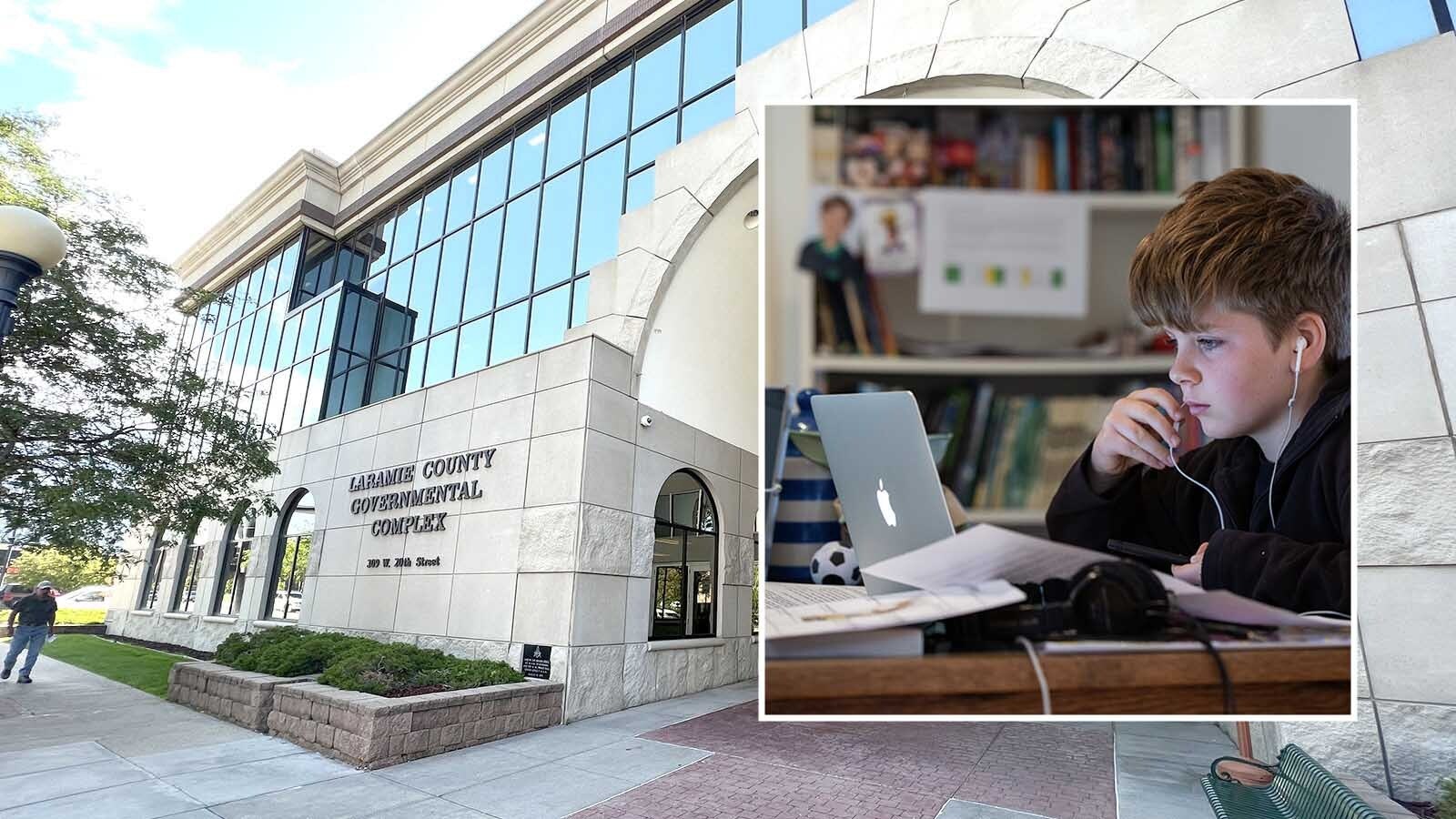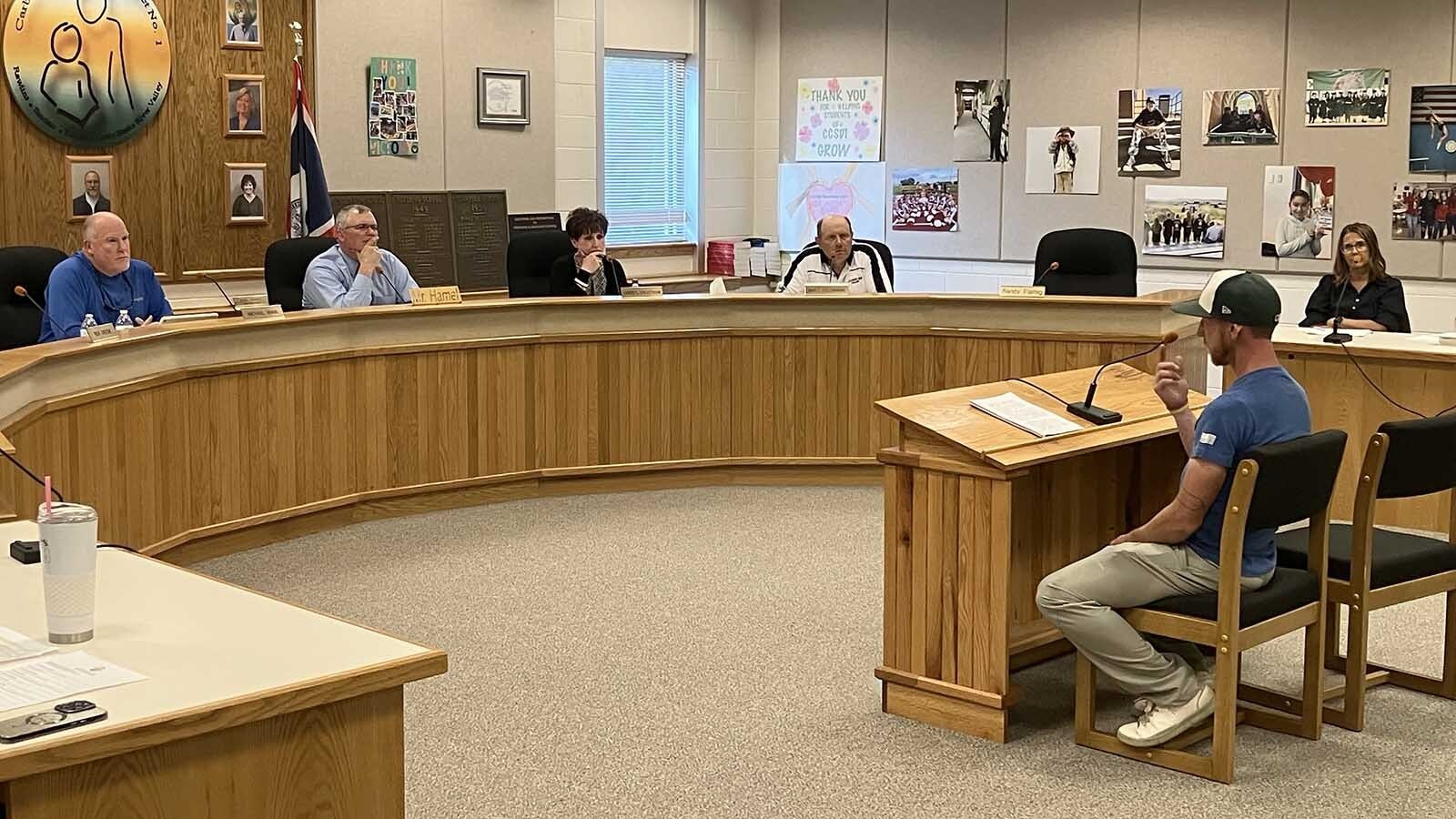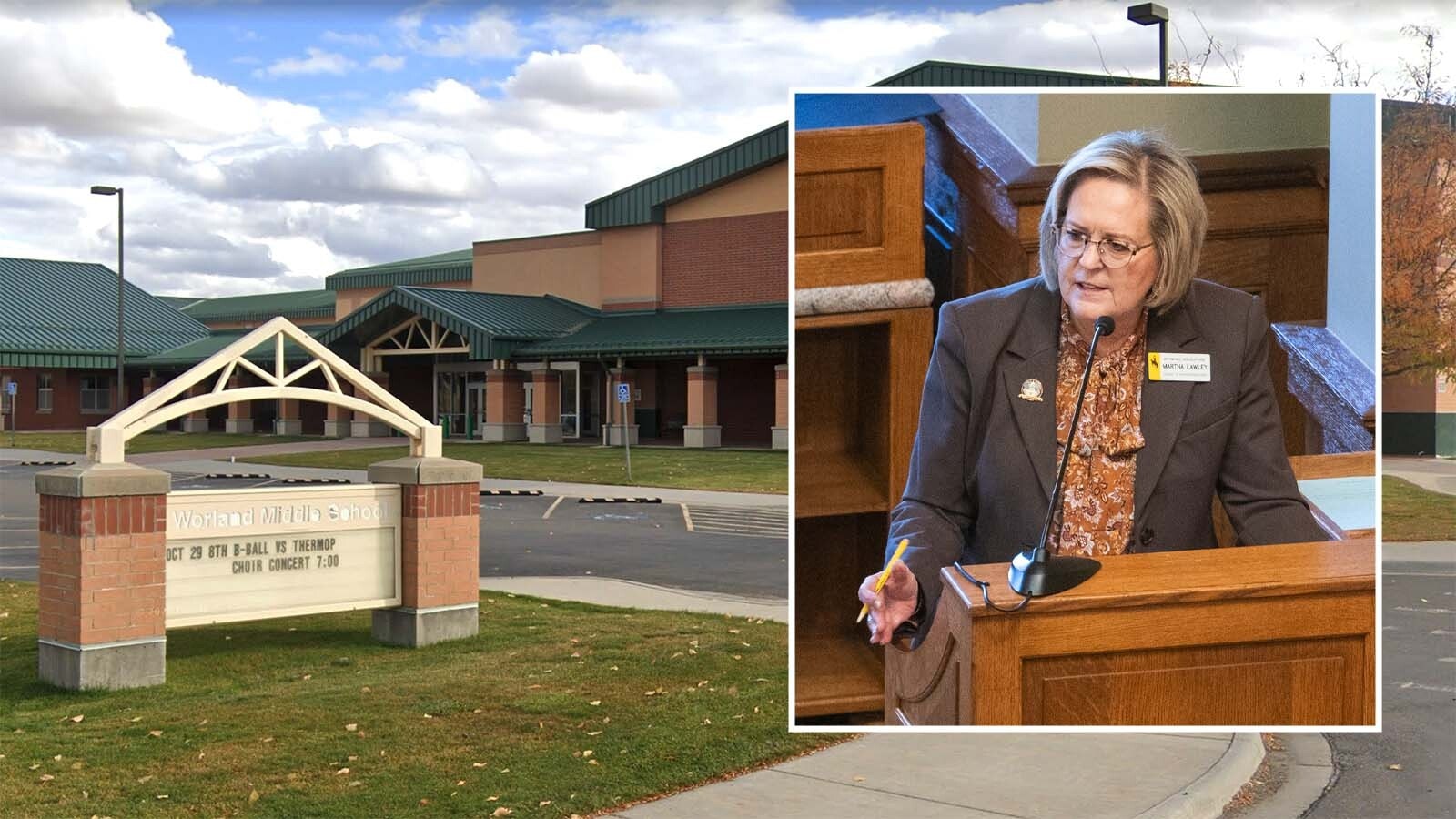A focused curriculum, targeted tutoring and behavioral adjustments all contribute to the above-average statewide education testing scores posted by two Wyoming charter schools, according to their officials.
Of the four charter schools listed in the Wyoming Test of Proficiency and Progress (TOPP), two scored far above the state proficiency rate in all categories for the 2018-2019 school year.
The TOPP test is a state-mandated measure of proficiency for public school grades three through 10 in the areas of math, English and science.
Snowy Range Academy, of Laramie, and PODER Academy, of Cheyenne, topped the charts with some of the highest scores and participation rates in the state.
“(TOPP testing) is really like the Super Bowl for us at the end of the year,” PODER Chief Operations Officer Nick Avila said. “It’s a team effort, and it reflects on the school.”
While some of his educators disagree with tests as a measure of student learning, Avila said everyone at PODER recognizes the importance of TOPP testing and works toward helping their students succeed.
“It’s not really how smart you are, but how well you can take tests,” Avila explained. “We tackle the methodology of good test taking head on.”
It all begins with attitude.
“There’s a few things we do to achieve success with our students: No. 1 is we focus on behavior from the start,” Avila said. “We try to get the kids to engage, to listen, to increase attention span.”
Getting kids to sit still and study may be the obvious approach to improving classroom learning, but PODER doesn’t stop at the classroom.
“The other main component is the parents,” Avila said. “Typically when you have a struggling student, it’s usually something coming from the home.”
As problems are identified with each student, parents are called in to help discover the best solutions. This can mean a parent has to change their work-week plans or even take time off, which ruffles some feathers, but Avila said they are reminded that attending PODER is a choice.
“Our school is not going to work for every student — that’s just a reality,” he said. “But having options out there is really important.”
After aggregating all the state’s TOPP scores, the state’s average proficiency levels are between 40 percent to 60 percent, with about 7,000 students tested.
PODER’s average TOPP score was 77 percent and its lowest was 67 percent for fourth grade English, well above the state’s 49 percent in the same category. PODER’s highest score was 92 percent for fifth grade math, compared to the state’s 55 percent.
PODER was founded in 2012 and originally offered course instruction for kindergarten through ninth grade. In 2016, the academy responded to parent requests for additional schooling by adding a secondary academy, which serves students through 12th grade. Approximately 300 students attend the school with a near equal split between the elementary and secondary courses.
About 40 miles east on Interstate 80, the Snowy Range Academy, founded in 2001, has about 235 students enrolled and instructs grades kindergarten through eighth.
Snowy Range Principal John Cowper said the school’s focus on teaching without the social events he said are present in many public curriculums helped Snowy Range top the TOPP tests.
“We do not spend a lot of time with activities in our school that are not academically oriented,” Cowper explained. “Halloween parties, Valentine’s parties, Christmas parties — they don’t exist. We believe in all that, and we celebrate it outside of school. But, school is not the time to take away from instruction in order to do that.”
Awarded a Blue Ribbon for High Performance by the U.S. Department of Education in 2018, Snowy Range has been recognized for its output of high achievers and celebrates that success, Cowper said, but now, the school is changing its focus.
“This last year we were shooting for growth in our students,” he said. “We did see slight growth, but not what we were shooting for, so we will try harder next year.”
Snowy Range defines growth as the difference between individual students’ test scores year to year.
“From the educator end, we have to really make sure we are identifying those students who are low performers and triangulating their performances,” Cowper said. “Then, we create individual plans for those students.”
Plans can include learning interventions during the school day, after-school tutoring and schooling during winter and summer breaks.
When it comes time for TOPP testing, Cowper said he hands out mints to all the students and gives the school a big pep talk. But at the end of the day, the test is not treated as the be-all, end-all indicator of student success.
“We recognize these test scores are a one-day snapshot in a child’s life,” Cowper said. “It may be their best day or it may not. So, it’s hard to put a lot of emphasis on the test results.”
Snowy Range’s average TOPP score was 83 percent, with its lowest score being 71 percent in fourth grade English. And its highest was 90 percent, which it achieved in third grade math, seventh grade math, eighth grade math and eighth grade English.
Both Snowy Range and Poder reported 100 percent participation in the TOPP testing, higher than many public schools in their areas with larger student populations.
“Unless we have an exemption from the state, we must find a time to test that child,” Cowper said. “We don’t stop until we have every child on the list tested.”
With fewer students than other public schools in their communities, the charter schools also had smaller test pools. Snowy Range’s smallest test pool was six to nine students for seventh grade English. It’s largest pool was 20 to 29 students for many of its elementary level categories.
PODER’s smallest pool was also six to nine for all categories tested on the tenth grade level, and its largest was 30 to 39 for the third grade categories.
Looking forward, Avila said PODER’s model is working, but that doesn’t mean it won’t change.
“We set our target high, and we achieved that,” he said. “But every year is different for us. If we start seeing our scores slide over time, we’ll reevaluate our approach to the teaching model.”





